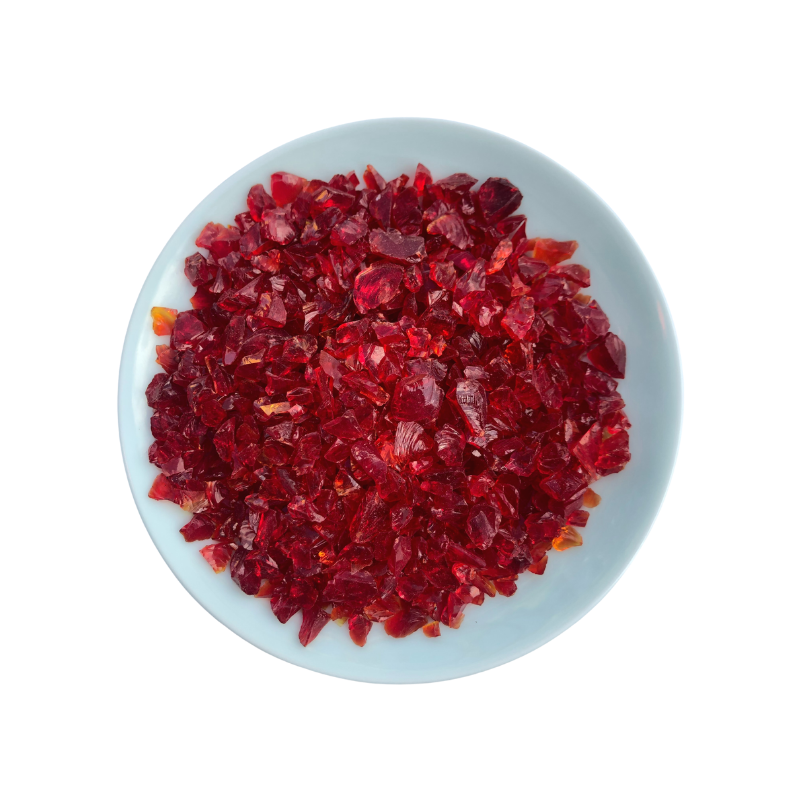
silica fume and fly ash in concrete manufacturers
The Role of Silica Fume and Fly Ash in Concrete Manufacturing
In recent years, the construction industry has increasingly focused on sustainable practices and the utilization of alternative materials to improve concrete performance. Two prominent materials that have emerged are silica fume and fly ash. These supplementary cementitious materials (SCMs) not only enhance the properties of concrete but also address environmental concerns associated with traditional cement production.
Silica Fume Enhancing Durability and Strength
Silica fume, a byproduct from the production of silicon metal or ferrosilicon alloys, consists of very fine particles that are highly reactive. When incorporated into concrete, silica fume significantly improves the compressive strength and durability of the mix. The fine particles fill the voids between cement grains, resulting in a denser concrete matrix. This increased density leads to reduced permeability, making the concrete more resistant to chemical attacks, moisture ingress, and freeze-thaw cycles.
Moreover, the pozzolanic properties of silica fume contribute to the cement hydration process, resulting in additional calcium silicate hydrate (C-S-H) formation, which is crucial for strength development
. Silica fume can replace a percentage of cement in concrete mixtures, typically ranging from 5% to 15%, allowing for substantial reductions in the overall carbon footprint of concrete production.Fly Ash A Sustainable Cement Alternative
Fly ash is generated from the combustion of pulverized coal in power plants and consists of fine particulate matter that can be utilized as a partial replacement for Portland cement. Its chemical composition and spherical shape make it an effective pozzolan, enhancing the workability, strength, and long-term durability of concrete.
silica fume and fly ash in concrete manufacturers

When fly ash is added to concrete, it reacts with the calcium hydroxide produced during the hydration of cement, forming additional C-S-H. This not only improves the concrete's compressive strength but also reduces the heat of hydration, which is advantageous for large pours and hot weather applications. Fly ash blends can vary significantly depending on the source, but they typically provide increased resistance to sulfate attack and reduce the risk of efflorescence when properly managed.
Sustainability and Environmental Impact
The use of silica fume and fly ash in concrete manufacturing aligns with global sustainability goals. Traditional Portland cement production is energy-intensive, responsible for approximately 8% of global carbon dioxide emissions. By incorporating SCMs like silica fume and fly ash, concrete manufacturers can decrease the overall cement content required for a specific strength, resulting in lower carbon emissions and energy consumption.
Furthermore, the recycling of industrial byproducts such as silica fume and fly ash contributes to waste reduction and promotes a circular economy. Utilizing these materials not only conserves natural resources but also lowers the cost of concrete production, making it economically advantageous for builders and developers.
Conclusion
Silica fume and fly ash play vital roles in modern concrete manufacturing by enhancing performance and promoting sustainability. As the construction industry continues to evolve, the adoption of these supplementary cementitious materials is likely to increase, leading to improved concrete quality while mitigating environmental impacts. Emphasizing the importance of these materials will help drive innovation in concrete technology and pave the way toward more sustainable construction practices in the future.
Share
-
Vermiculite Wholesale – Premium Quality, Bulk Supply & Competitive PricingNewsJun.10,2025
-
Premium Glass Pebbles Custom Glass Pebbles Factory & OEM Manufacturer Reliable Custom Glass Pebbles FactoriesNewsJun.10,2025
-
Expert Custom Zeolite Producers Manufacturers & FactoriesNewsJun.10,2025
-
Custom Glow in the Dark Beads High-Quality Custom ManufacturersNewsJun.10,2025
-
China Ceramsite Balls Factory - Lightweight & Durable Media Solutions ManufacturerNewsJun.09,2025
-
Custom Matte Mica Powder Manufacturers High Quality & AffordableNewsJun.09,2025






